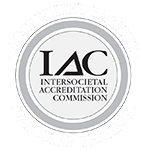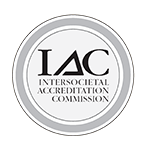
Did you know that Carotid Artery Stenosis could be a silent precursor to stroke, ranking as the fifth leading cause of death in the U.S.? Often undetected until a routine checkup by your primary care physician or vascular specialist, this condition can have serious consequences if left untreated.
When the carotid arteries in the neck become obstructed with fatty deposits and cholesterol, known as plaque, it leads to stenosis. Diagnostic tools like carotid duplex ultrasound, CT scans, or MRIs are pivotal in gauging the extent of narrowing in the carotid artery.
Stenosis is categorized as asymptomatic (no apparent symptoms) or symptomatic disease. Symptoms, if present, can range from mini-strokes (transient ischemic attacks or TIAs) to temporary blindness (Amaurosis Fugax), indicating a dire need for medical attention.
In this article, we delve into the FAQs surrounding Carotid Artery Stenosis:
Potential Outcomes: Understanding the risks associated with different degrees of blockage.
Most patients with carotid artery stenosis remain asymptomatic and undergo regular monitoring every 6-12 months. However, those with over 80% stenosis face a higher likelihood of symptoms and a significant risk of stroke, with an annual stroke risk of approximately 2%.
Treatment Options: From medication to advanced procedures like carotid endarterectomy and stenting.
Medication such as antiplatelet drugs (aspirin or clopidogrel) and managing risk factors like hypertension, high cholesterol, and diabetes are initial steps. If intervention is needed, options include carotid endarterectomy (CEA), carotid angioplasty and stenting (CAS), and TransCarotid Artery Revascularization (TCAR).
Medication vs. Procedures: When is each approach preferable?
Asymptomatic patients with less than 70% stenosis typically rely on medication and risk factor management. Those with over 60% stenosis and symptoms may require both medication and procedural intervention.
Dangerous Levels of Blockage: What percentage warrants immediate intervention?
Patients with over 60% carotid narrowing and symptoms like transient ischemic attacks or temporary blindness should seek prompt medical attention. Consideration for intervention increases as stenosis exceeds 70%, especially when life expectancy is over 5 years and co-morbidities permit.
It's crucial to stay informed about your vascular health. Consult with our board-certified vascular surgeons to assess your risk and explore tailored treatment.








